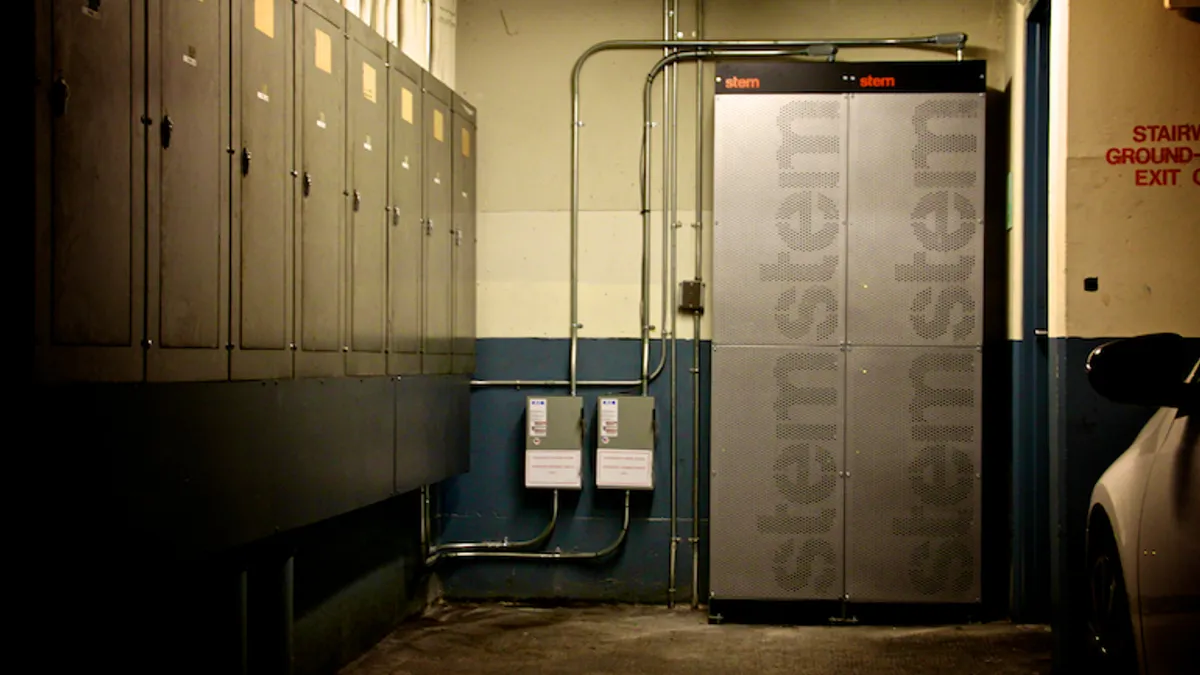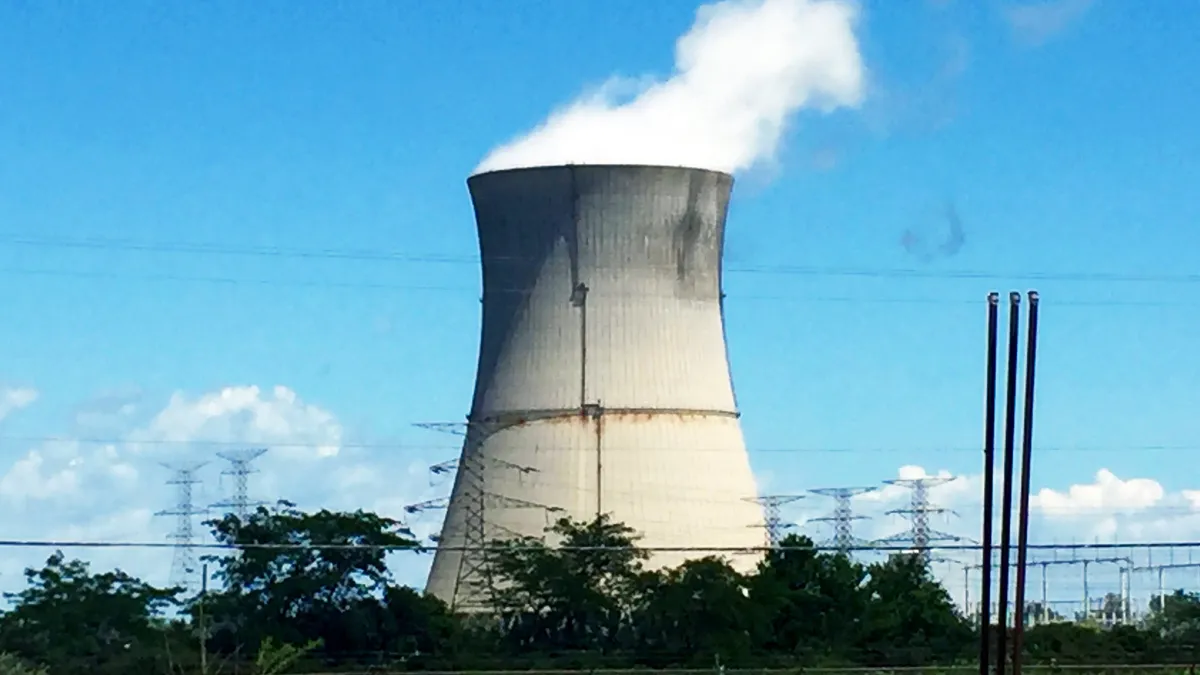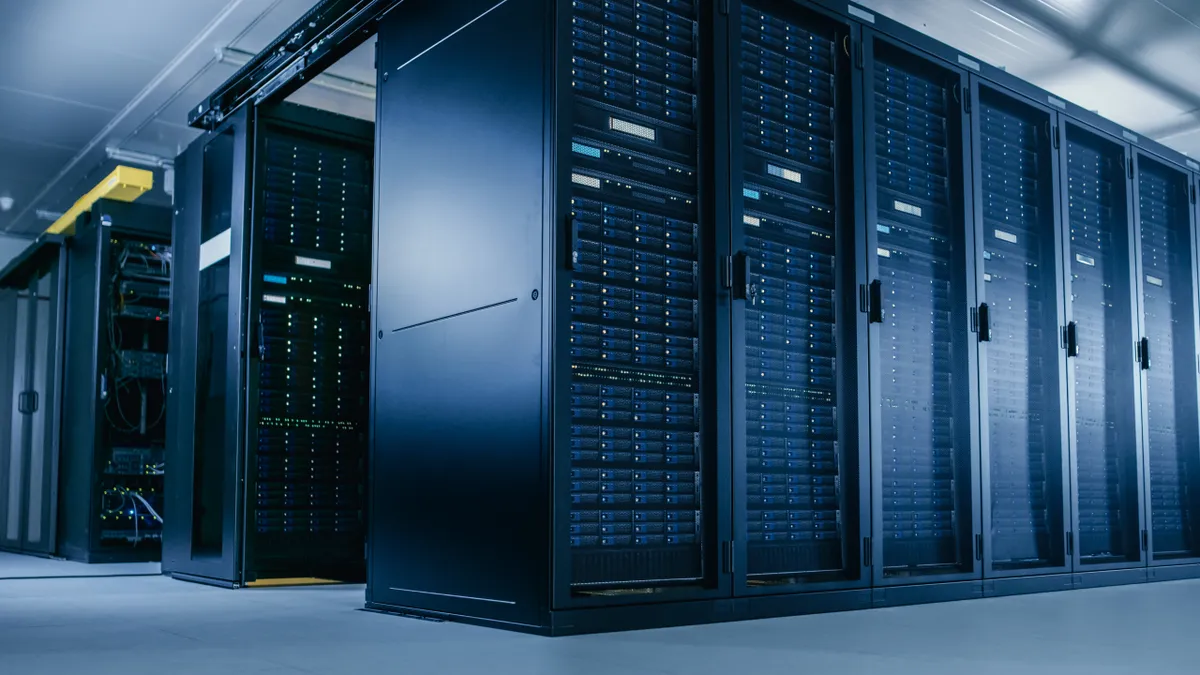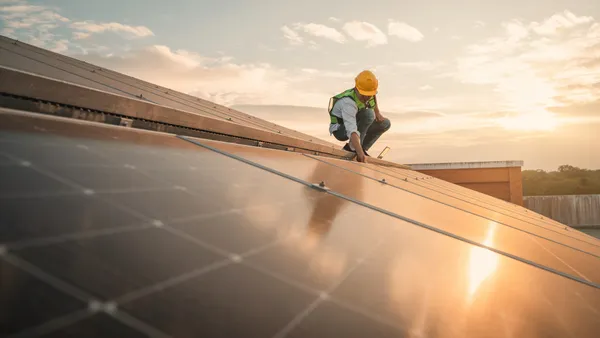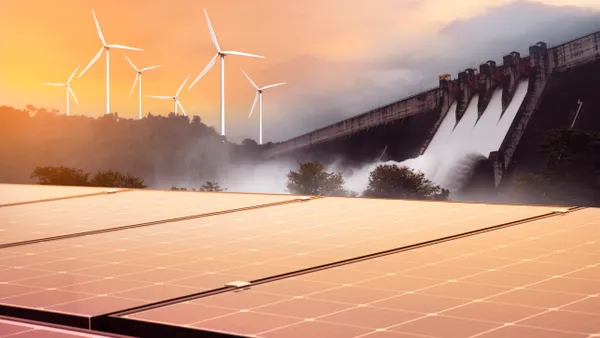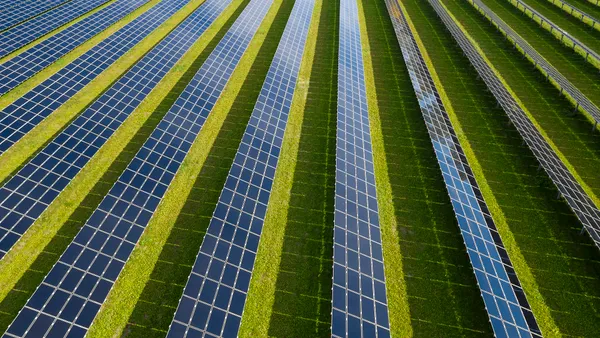Dive Brief:
- Greentech Media spoke with Stem Chief Technology Officer (CTO) Larsh Johnson, who revealed the company has seen a 70% decline in lithium-ion battery prices in the last year and a half, helping to open up new markets for storage that were inaccessible at higher price points.
- Stem has now installed 68 MWh of commercial and industrial (C&I) energy storage, as improvements to energy density and discharge have attracted attention for their potential in providing grid services.
- GTM Research predicts average li-ion costs to decline to $217/KWh by 2020, but some battery makers are already below those prices, analysts say.
Dive Insight:
A decline in storage prices is expected to set off a boom similar to the solar industry, as panel costs fell, but several key companies are already finding lower prices and more opportunity as the technology advances.
"It’s happening. The capacity is out there," Stem CTO Larsh Johnson told GTM. Prices are down 70% in the last 18 months, and "the momentum continues...There are new markets opening up because of what we've seen in battery pricing."
And it's not just advances in price. Customers are now seeking longer discharge times—up to four hours, compared with just a couple, allowing for frequency regulation or load shifting.
Last year, a report prepared by AECOM for the Australian Renewable Energy Agency predicted battery prices would fall 40-60% over the next five years, with the greatest cost reductions coming from lithium-ion technology. The report predicted prices would fall from $550/kWh in 2014 to $200/kWh by 2020 for li-ion, and from $680/kWh to $350/kWh for flow batteries.
Moody's Investor Services has predicted falling storage prices could put pressure on merchant generators, especially in regions with high demand charges. New York City is likely the best market for storage, the firm predicted, followed by California and Hawaii.
"New York City stands out as the most promising economic market for peak-shaving because of its high demand charges, followed by California, Hawaii and the northeastern states," said Moody's Vice President Swami Venkataraman, the lead author of the report. "Current battery prices are only about 20-25% greater than breakeven levels for peak-shaving applications in New York City."



